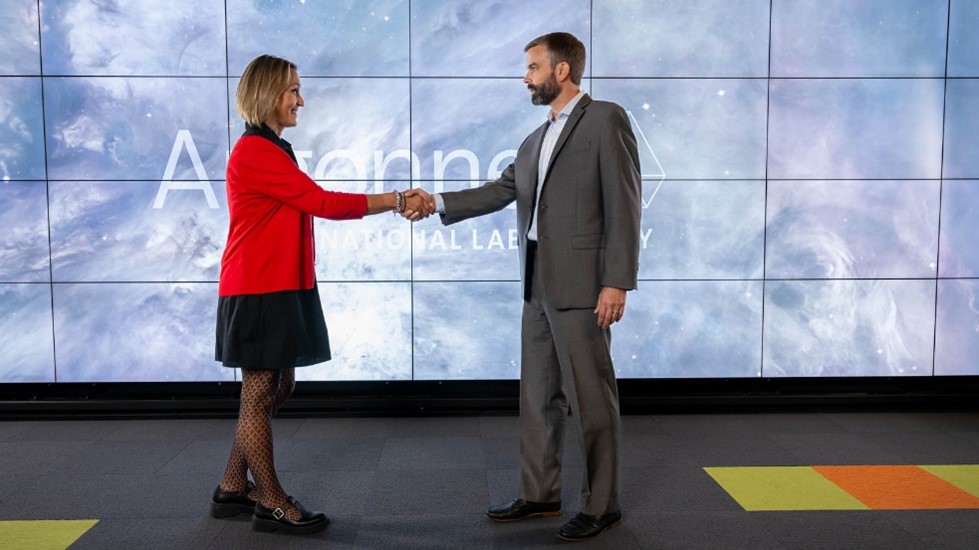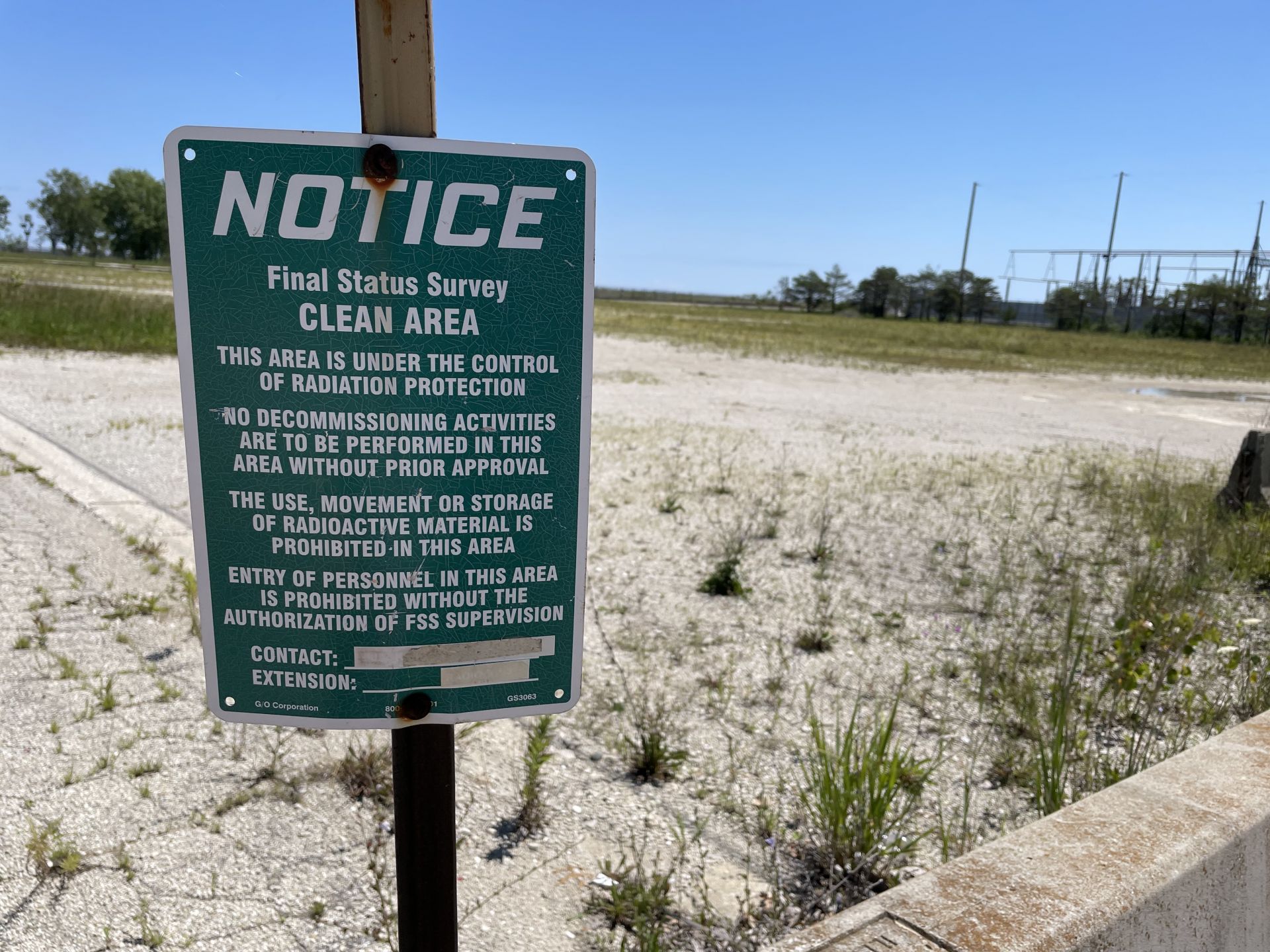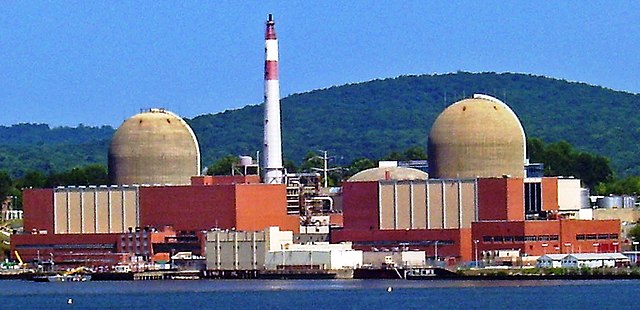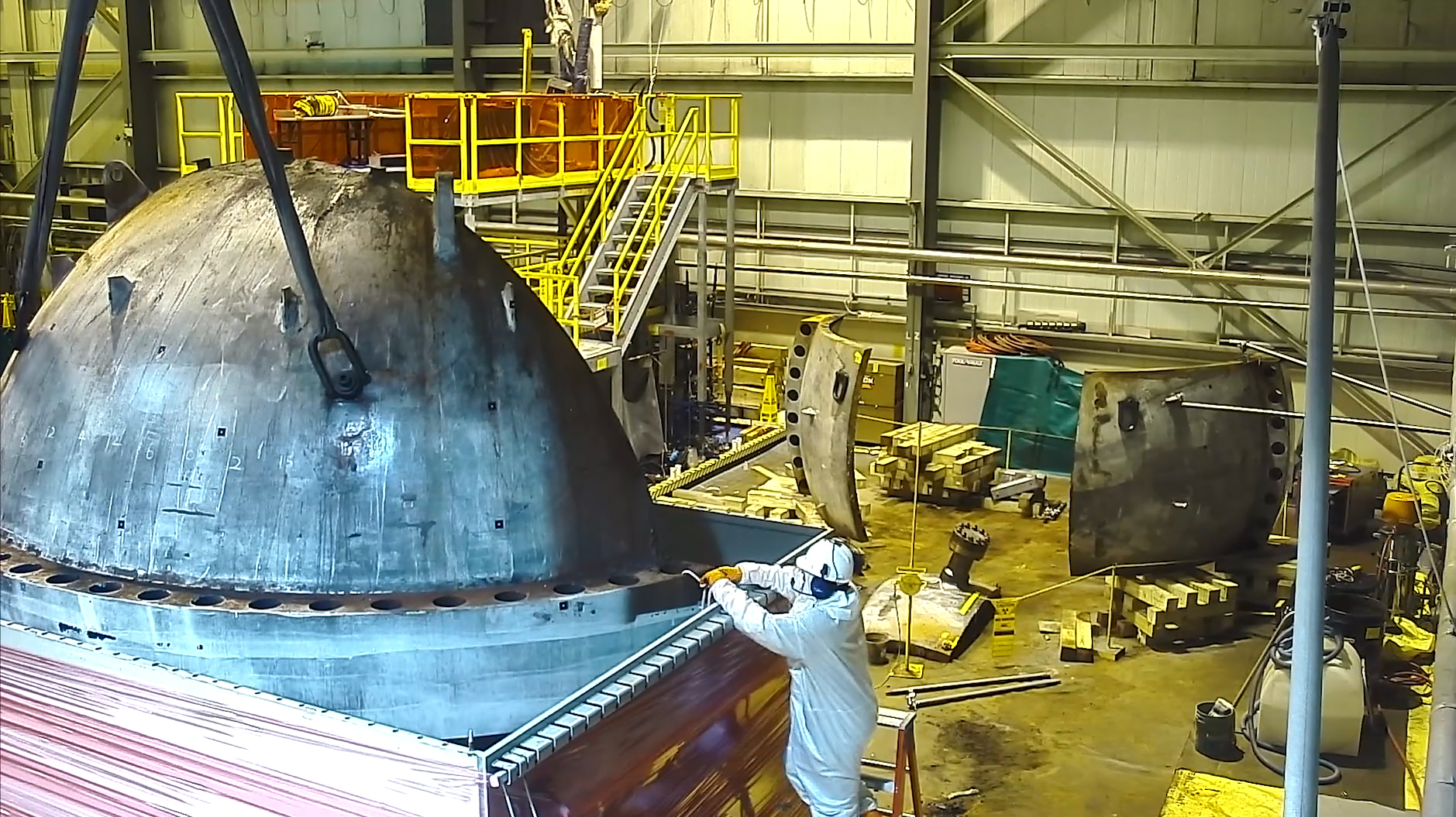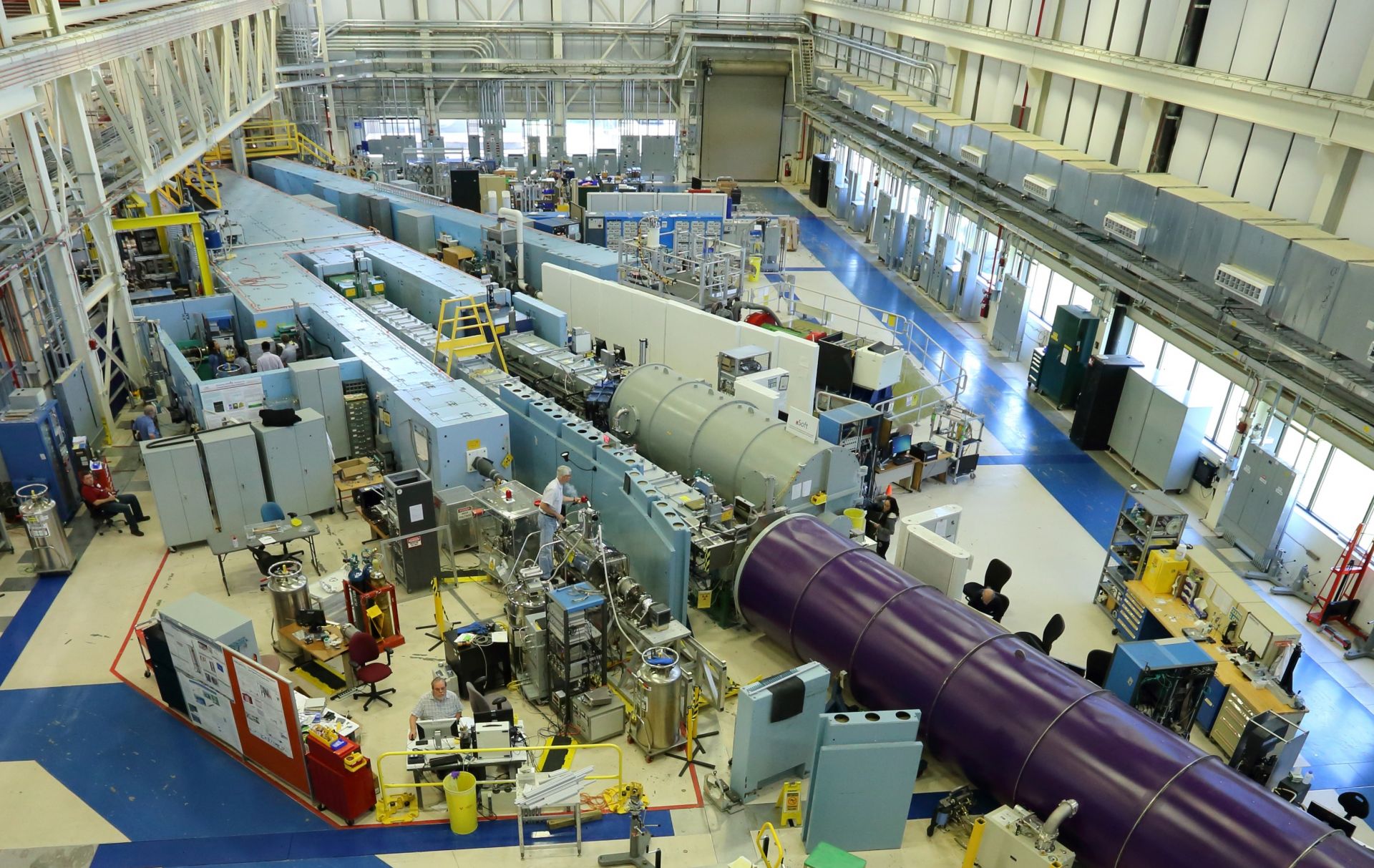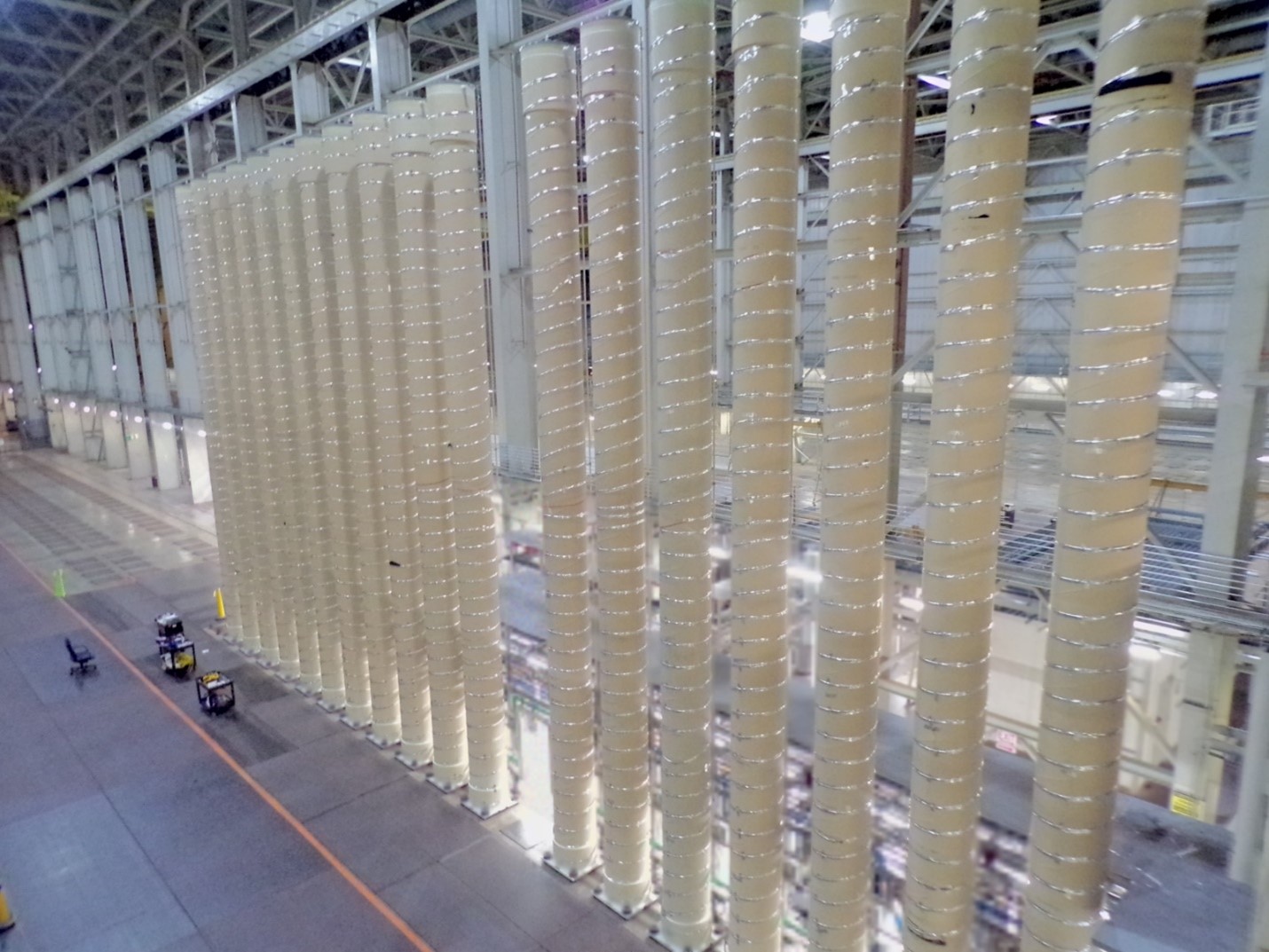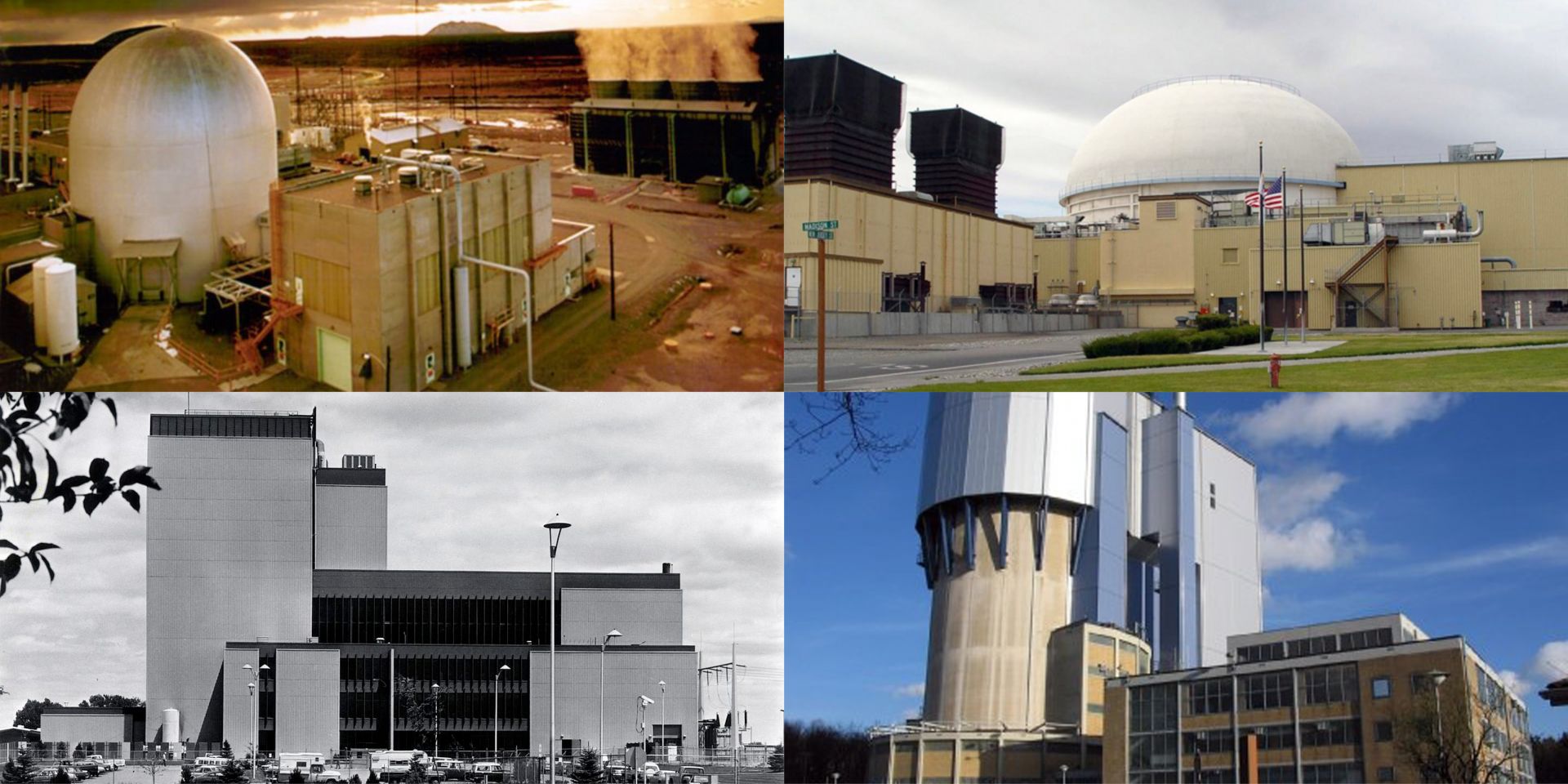Joint efforts of Argonne and private industry further nuclear reactor developments
Partnerships between the nuclear industry and national laboratories are making overall codes more robust and capable. (Photo: Argonne)
The development of modern nuclear reactor technologies relies heavily on complex software codes and computer simulations to support the design, construction, and testing of physical hardware systems. These tools allow for rigorous testing of theory and thorough verification of design under various use or transient power scenarios.
The Crystal River-3 nuclear power plant.
The Nuclear Regulatory Commission announced that it will hold a hybrid public meeting on December 7 to discuss the license termination process and to accept comments on the remaining cleanup activities under the license termination plan for the Crystal River-3 nuclear power plant in Crystal River, Fla.
The Zion nuclear plant site as it appeared earlier this year. (Photo: Tim Gregoire)
The Nuclear Regulatory Commission has released for “unrestricted use” most of the land on and around where the Zion nuclear power plant once operated in northeastern Illinois. This means that any residual radiation is below the NRC’s limits and there will be no further regulatory controls by the agency for that portion of the property.
A spent nuclear fuel transportation container. (Photo: DOE)
Fusion systems company SHINE Technologies has notified the Nuclear Regulatory Commission that it intends to submit a license application to build and operate a pilot used nuclear fuel recycling facility.
Indian Point nuclear power plant. (Photo: Daniel Case)
The Nuclear Regulatory Commission hasgranted a request by Holtec Decommissioning International (HDI) to revise the emergency preparedness plan for the Indian Point Energy Center. Reflecting the reduced risk of a radiological emergency at a decommissioning power reactor site, the exemption removes the requirement that HDI maintain a 10-mile emergency planning zone around the plant.
Vermont Yankee’s segmented reactor vessel head is lowered into a custom-built package for transportation and disposal. (Photo: Orano)
Currently, the Nuclear Regulatory Commission is overseeing 17 nuclear power plants that are undergoing active decommissioning. For 10 of those plants, the NRC licenses have been transferred, either through sale or temporary transfer, from the plant owner and operator to a third party, nonutility company for decommissioning. To be profitable, those companies are decommissioning the nuclear plants as expediently as they safely can, while still protecting workers and the environment, using proprietary techniques and processes.
The 16-centrifuge HALEU demonstration cascade sits within a vast DOE-owned facility with room for more than 11,000 centrifuges. (Photo: Centrus)
American Centrifuge Operating (ACO), a subsidiary of Centrus Energy, has started enriching uranium hexafluoride gas to high-assay low-enriched uranium (HALEU) levels at the Department of Energy’s enrichment facility in Piketon, Ohio, the DOE announced October 11. The HALEU will be used to help fuel the initial cores of two demonstration reactors awarded under DOE’s Advanced Reactor Demonstration Program and will also support fuel qualification and the testing of other new advanced reactor designs.
A view of the NCNR guide hall, featuring the 30-meter Small Angle Neutron Scattering instrument. (Photo: NIST)
Following the February 2021 radiation release at the National Institute of Standards and Technology (NIST) resulting from a fuel failure in the 20-MWt NIST Center for Neutron Research (NCNR) research reactor, NIST investigated the root cause of the incident and developed corrective actions. The Nuclear Regulatory Commission’s probe of the incident found apparent violations and resulted in a confirmatory order issued in August 2022.
Upper-level view of Centrus’s HALEU cascade. (Photo: Centrus Energy)
The Nuclear Regulatory Commission is requesting comments on the regulatory basis for a proposed rule for light water reactor fuel designs featuring high-assay low-enriched uranium (HALEU), including accident tolerant fuel (ATF) designs, and on draft guidance for the environmental evaluation of ATFs containing uranium enriched up to 8 percent U-235. Some of the HALEU feedstock for those LWR fuels and for advanced reactor fuels could be produced within the first Category II fuel facility licensed by the NRC—Centrus Energy’s American Centrifuge Plant in Piketon, Ohio. On September 21, the NRC approved the start of enrichment operations in the plant’s modest 16-machine HALEU demonstration cascade.
